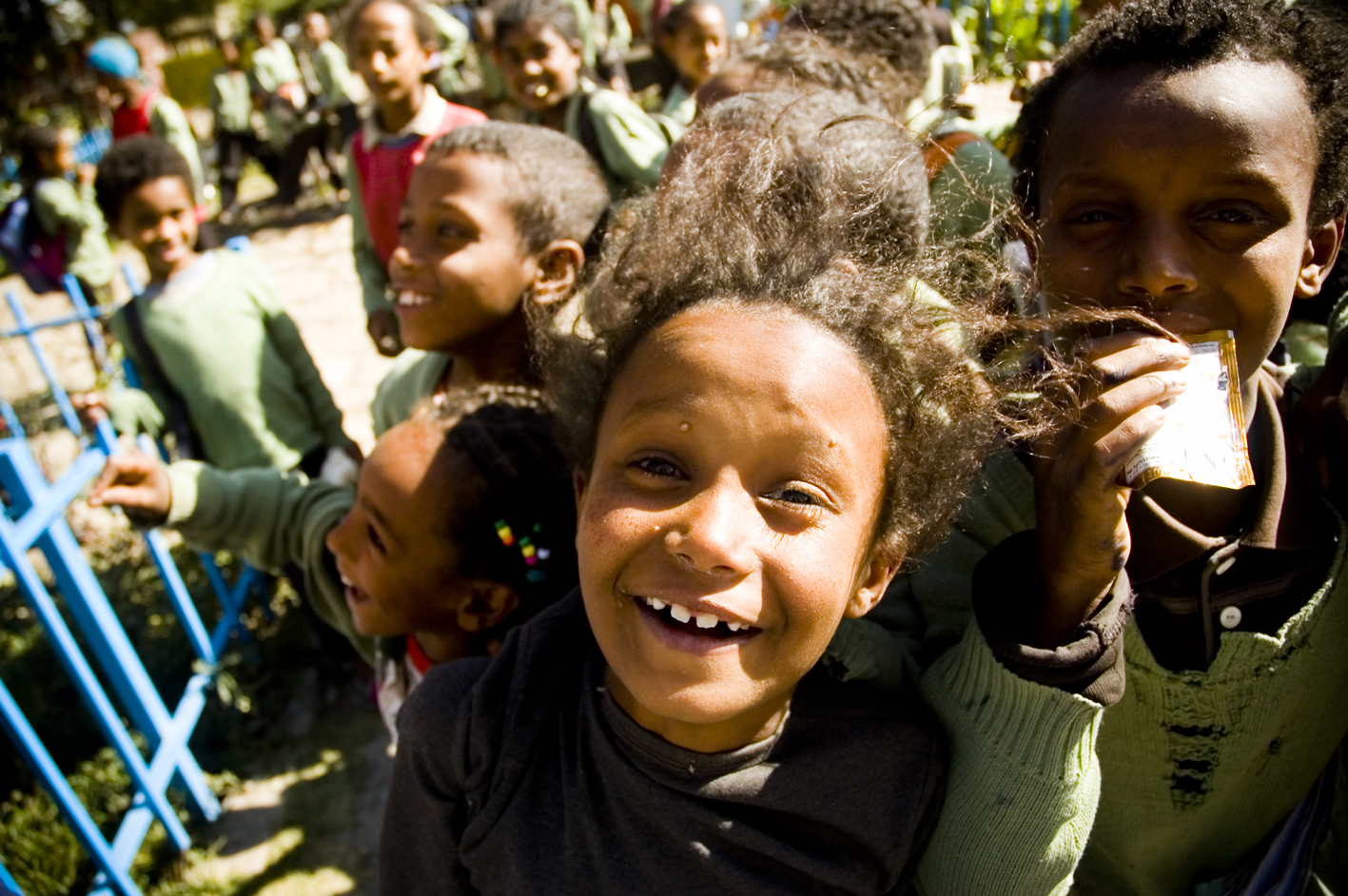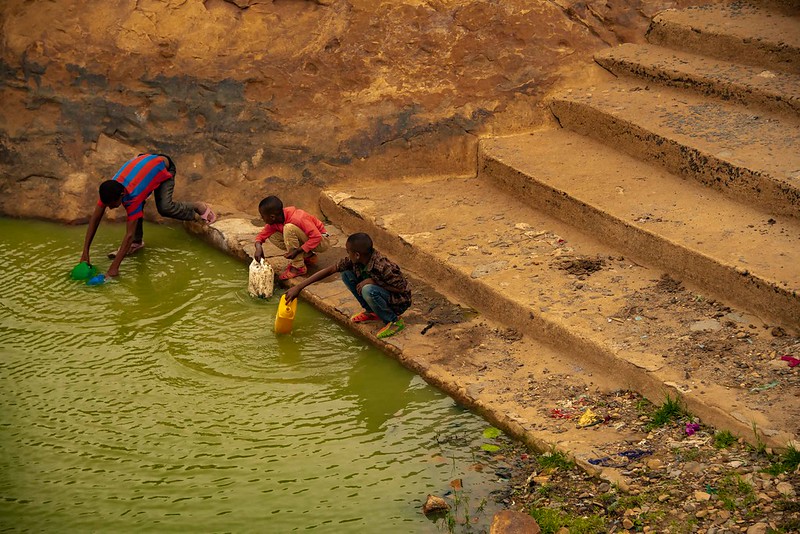 The Luminos Fund’s Second Chance program achieved significant success in Ethiopia, providing accelerated learning opportunities to more than 10,000 out-of-school children affected by COVID-19 and internal conflicts. This initiative, renowned for its innovative, child-centered teaching methods, compresses multiple years of curriculum into one, facilitating rapid reintegration into mainstream education. It addresses urgent educational gaps exacerbated by disruptions, emphasizing holistic child development alongside robust emotional and social support frameworks.
The Luminos Fund’s Second Chance program achieved significant success in Ethiopia, providing accelerated learning opportunities to more than 10,000 out-of-school children affected by COVID-19 and internal conflicts. This initiative, renowned for its innovative, child-centered teaching methods, compresses multiple years of curriculum into one, facilitating rapid reintegration into mainstream education. It addresses urgent educational gaps exacerbated by disruptions, emphasizing holistic child development alongside robust emotional and social support frameworks.
The Second Chance Program
Recent studies demonstrate significant improvements in literacy and numeracy among program participants. For example, a study conducted by the Ethiopian Ministry of Education found that children enrolled in the Second Chance program showed notable progress in their academic skills. Children who participated in the program “outperformed other students by an average of 10% across math, English and the local language (Sidama).”
Hana’s story epitomizes the transformative impact of the Second Chance program. Despite missing two years of schooling due to the pandemic, Hana not only caught up with her peers but also excelled academically. She had become a top-performing student in her class, inspiring her community and demonstrating the program’s effectiveness in restoring educational opportunities to disadvantaged children.
The Education and Life Skills Program
Moreover, World Vision Ethiopia’s Education and Life Skills (EdLS) Program is dedicated to improving developmental outcomes for children in targeted communities. It focuses on enhancing literacy skills, supporting early learning and ensuring readiness for primary education among children aged 7-14.
Throughout 2023, the program was active across 34 Area Programmes (APs), implementing three distinct project models: Learning Roots (LR) in 21 APs, Basic Education Programme (BEP) in 19 APs and Unlock Literacy (UL) in 19 APs, all aimed at achieving these crucial outcomes. With an investment surpassing $4.9 million, the EdLS positively impacted approximately 294,000 children, with a strong emphasis on benefiting more than 150,000 girls.
This significant investment underscores the program’s commitment to enhancing the educational quality and fostering a supportive learning environment, ultimately contributing to long-term educational and social development in these communities.
The Impact of the Programs
The success of the Second Chance and the EdLS programs extend beyond individual achievements to encompass community-wide benefits and offer inspiration to other organizations for a domino effect. Active community involvement and engagement have been integral to the sustainability and impact of the Second Chance and the EdLS programs. Local stakeholders, including parents, teachers and community leaders, play a vital role in supporting children’s educational journey and fostering a conducive learning environment.
The Luminos Fund’s Second Chance program in Ethiopia exemplifies the transformative potential of targeted educational interventions. By equipping disadvantaged children with essential academic skills and comprehensive support systems, the program not only addresses immediate educational challenges but also cultivates long-term resilience and prosperity within communities. Through rigorous academic studies and compelling success stories like Hana’s, the program underscores the critical role of education in empowering children and building a brighter future for Ethiopia’s next generation.
– Demi Olin
Demi is based in Huntington, WV, USA and focuses on Good News for The Borgen Project.
Photo: Flickr
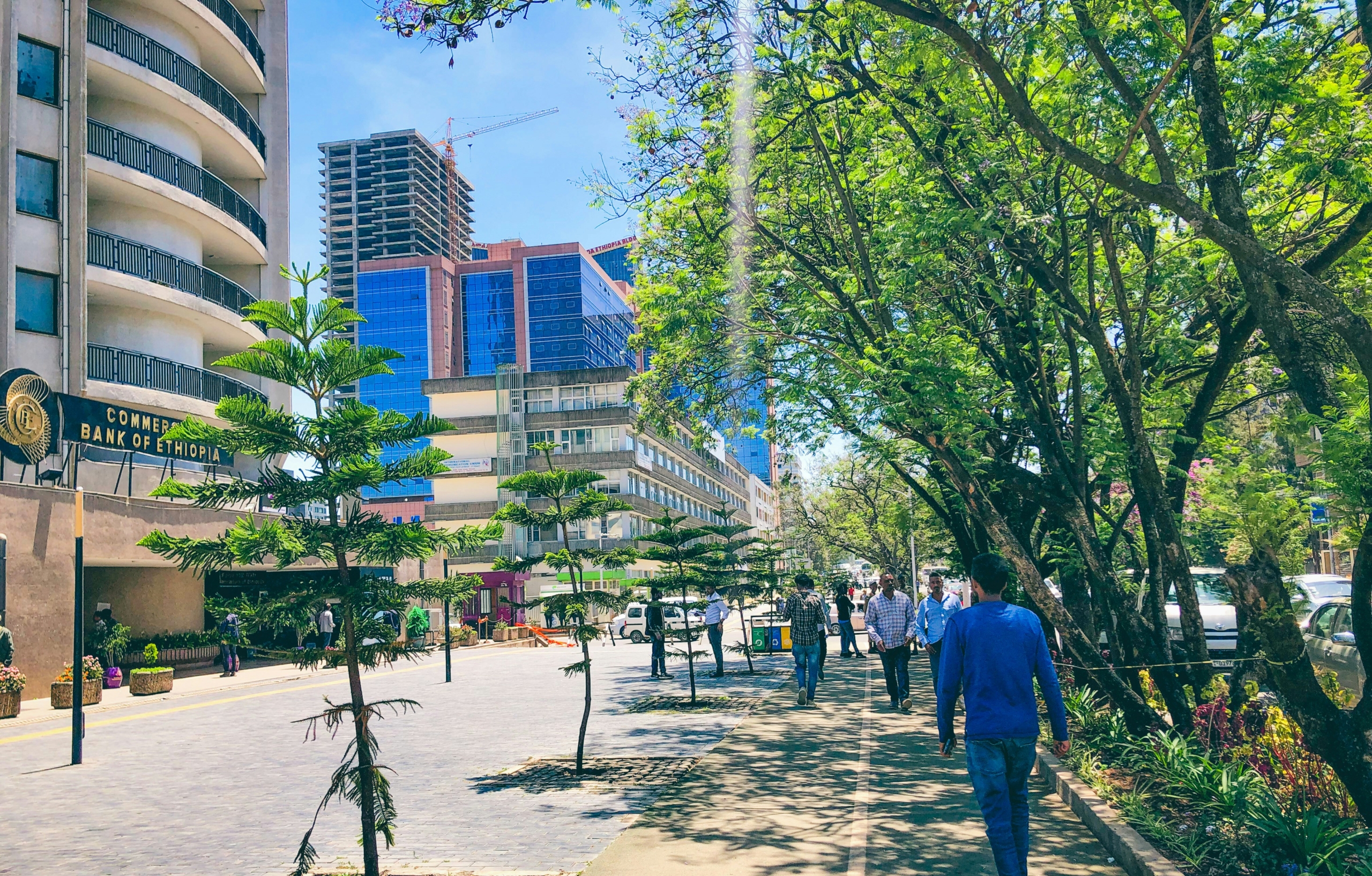
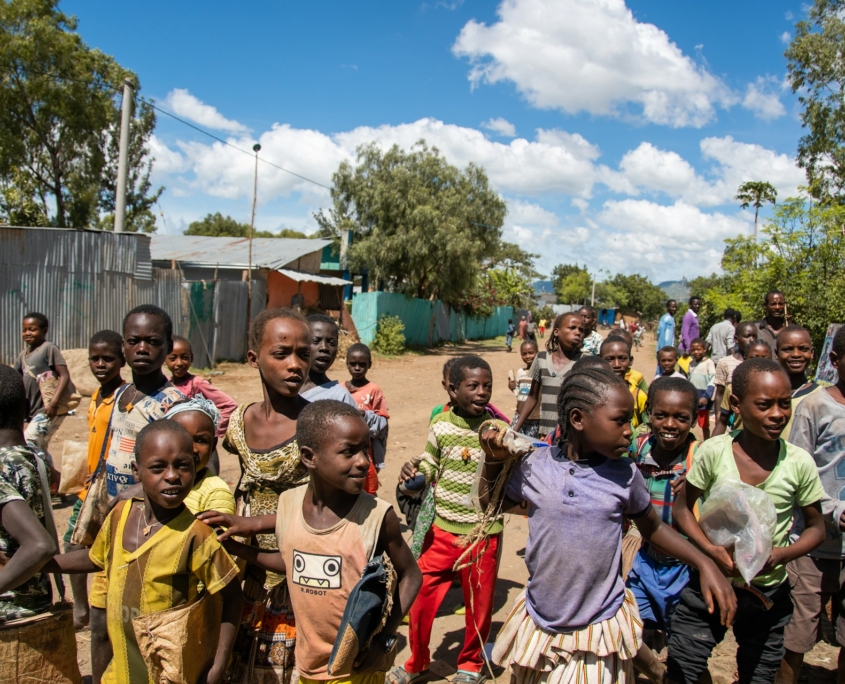 The global malnutrition crisis significantly impacts millions in underdeveloped nations. According to the World Food Programme, severe food insecurity affects more than
The global malnutrition crisis significantly impacts millions in underdeveloped nations. According to the World Food Programme, severe food insecurity affects more than 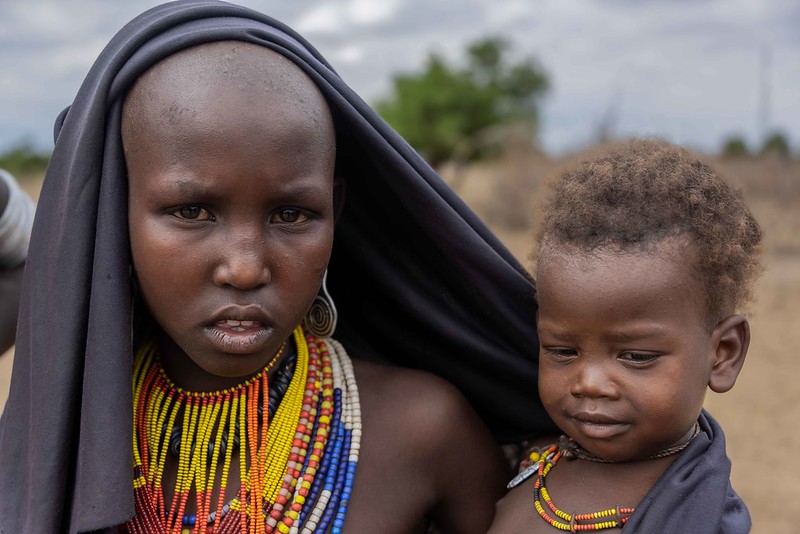

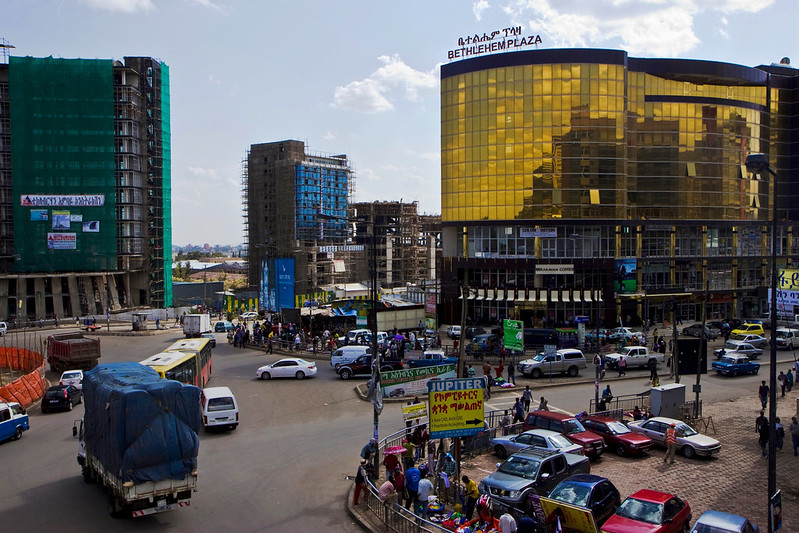
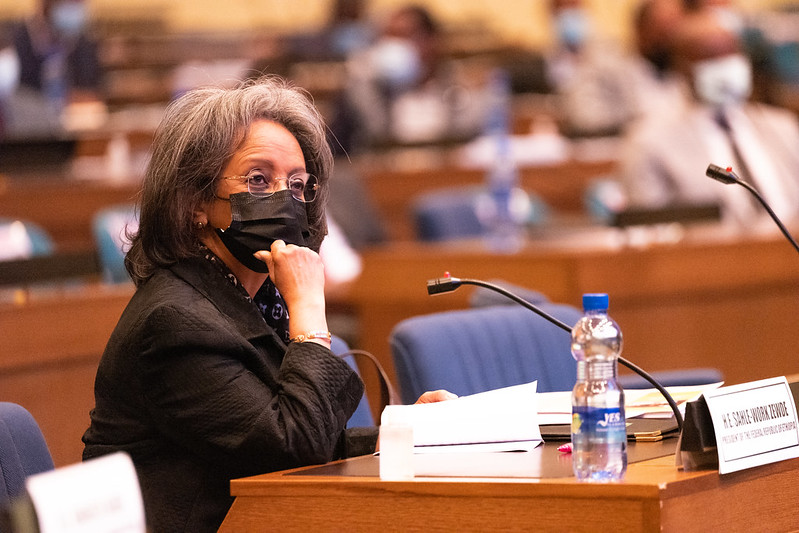
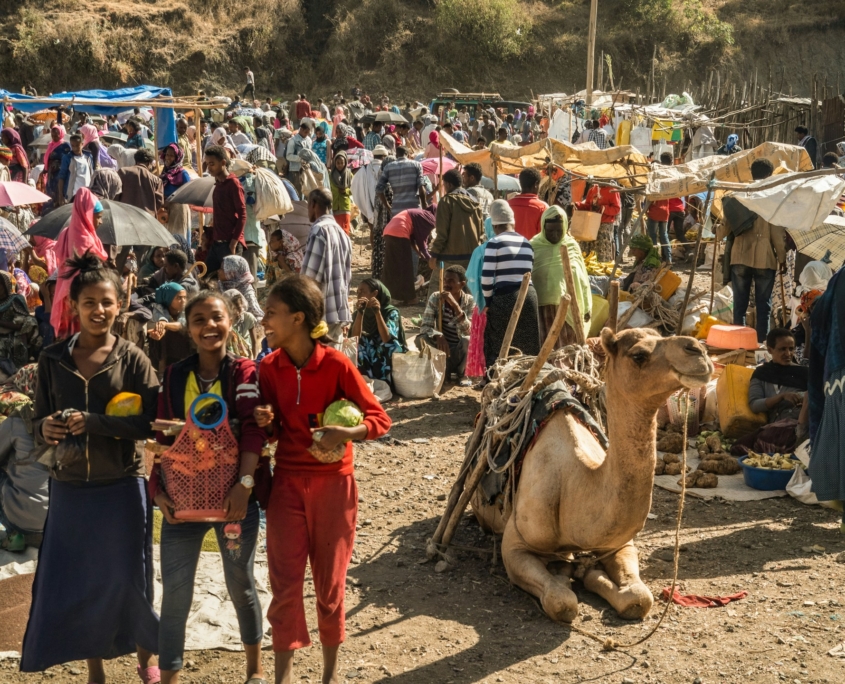 Ethiopia remains one of the
Ethiopia remains one of the 